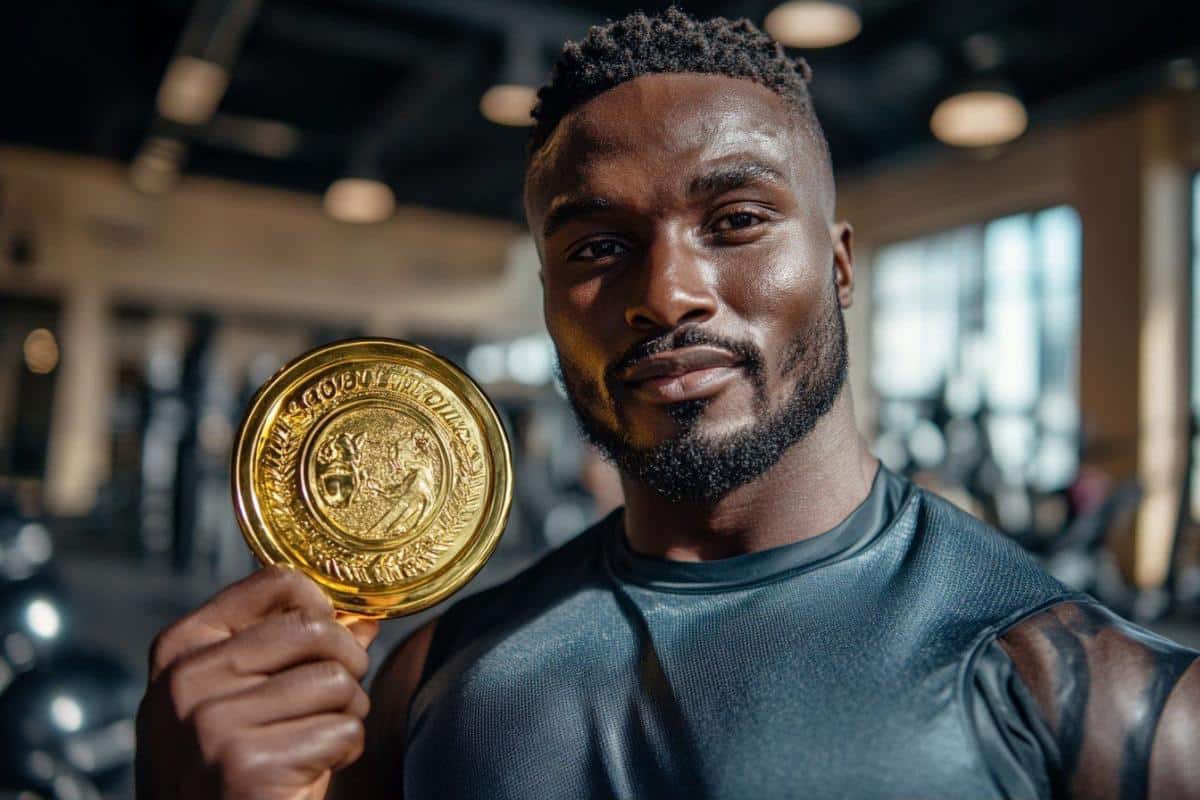Olympic champions represent the pinnacle of human performance, dedicating their lives to achieving peak physical and mental condition. Their wellness routines contain valuable lessons that anyone can incorporate into daily life. These elite athletes have discovered methods that optimize recovery, enhance focus, and maintain consistent energy levels—strategies we can all “steal” to improve our own wellbeing.
Mental conditioning techniques from gold medalists
Olympic champions don’t just train their bodies—they meticulously condition their minds. Visualization practices remain a cornerstone technique among elite athletes across disciplines. Michael Phelps, winner of 23 Olympic gold medals, routinely visualized every aspect of his races, from the start to touching the wall, including potential problems that might arise.
Many Olympians incorporate mindfulness meditation into their daily routines. Regular meditation practice has been shown to reduce stress hormones and improve focus during high-pressure situations. American gymnast Simone Biles uses breathing techniques before competitions to center herself and manage anxiety.
Goal-setting represents another powerful mental hack. Rather than focusing exclusively on outcome goals (like winning medals), Olympic athletes break their journey into process-oriented milestones:
- Daily training targets
- Technical skill benchmarks
- Recovery metrics
- Mental performance indicators
This systematic approach to achievement can transform how we approach personal wellness goals, making seemingly overwhelming objectives manageable through incremental progress.
In China, a mountain range disappears under a sea of solar panels – creating the largest photovoltaic landscape ever deployed in the world
At 11 years old, she discovers a giant marine reptile that had been sleeping beneath our feet for 200 million years
Recovery strategies worth adopting
For Olympic champions, recovery isn’t optional—it’s essential for peak performance. Strategic rest forms the foundation of elite athletic performance, with many Olympians prioritizing sleep as their primary recovery tool. Research indicates most Olympic athletes aim for 8-10 hours of sleep nightly, often supplemented with afternoon naps.
Cold therapy has gained significant popularity among elite athletes. Norwegian triathlete Kristian Blummenfelt regularly immerses himself in ice baths to reduce inflammation and accelerate muscle recovery. This practice, while uncomfortable initially, triggers powerful physiological responses that aid healing.
Nutrition timing represents another crucial recovery element. Post-workout refueling within the “anabolic window”—typically 30-60 minutes after training—helps maximize muscle repair and glycogen replenishment. Many athletes follow a specific nutrition protocol:
| Timing | Nutrient Focus | Purpose |
|---|---|---|
| Within 30 minutes post-workout | Protein + carbohydrates | Muscle repair and glycogen restoration |
| 2 hours post-workout | Complete meal with vegetables | Sustained recovery and inflammation management |
| Before sleep | Slow-digesting protein | Overnight muscle synthesis support |
Implementing even simplified versions of these recovery protocols can significantly enhance how quickly your body bounces back from physical stress, whether from exercise or daily activities.
They dumped 200,000 radioactive barrels into the Atlantic: French researchers launch an unprecedented mission to track them down
Goodbye smartphones: Mark Zuckerberg announces the end date — and what will replace them
Daily habits that enhance performance
Olympic champions build their success on consistent daily routines that maximize energy and minimize distractions. Morning hydration rituals feature prominently in many athletes’ routines, with many consuming 16-24 ounces of water with electrolytes immediately upon waking to reverse overnight dehydration.
Circadian rhythm optimization represents another powerful hack. Track star Allyson Felix structures her days to align with her body’s natural energy cycles, scheduling high-intensity training during her peak energy periods and recovery activities when her body naturally downshifts.
Digital detoxing before bedtime has become standard practice among elite performers. Removing blue light exposure at least 60 minutes before sleep improves both sleep onset and quality. Many Olympians replace screen time with reading, journaling, or gentle mobility work.
Japanese Olympic swimmers incorporate brief, intense movement “snacks” throughout their day—10-20 second bursts of activity that maintain blood flow and neural activation between training sessions. These micro-workouts prevent the negative effects of prolonged sitting without causing fatigue.
Adapting these daily performance habits doesn’t require Olympic aspirations—just a commitment to treating your wellness with the same intentionality that champions bring to their training.







